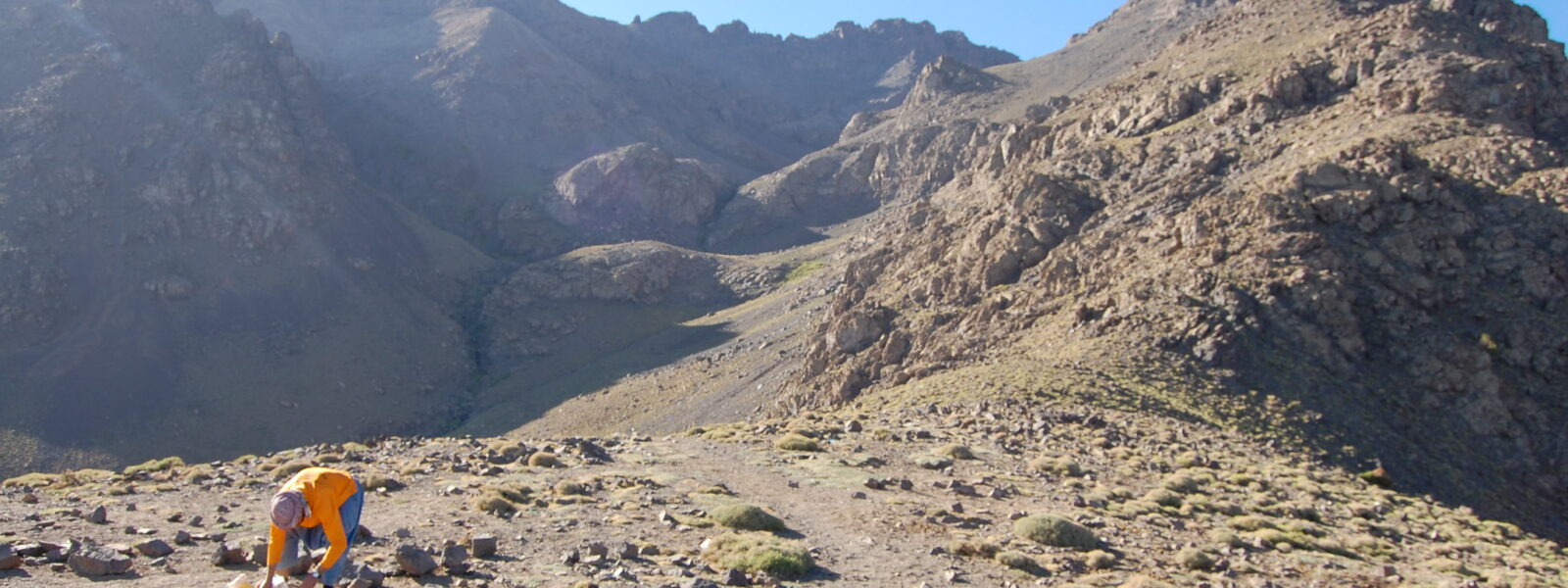AMS, or acute mountain sickness, is common at high altitudes. At elevations over 3,000m three quarters of people can expect to suffer mild symptoms. The occurrence of altitude sickness is dependent upon several factors, such as elevation, rate of ascent, and the individual’s susceptibility. Many people experience mild altitude sickness during the normal acclimatisation process. The mild discomfort that accompanies this adaptation should be considered normal and acceptable.
Symptoms usually start 12-24 hours after arrival at altitude and begin to decrease in severity about the third day. The symptoms of mild AMS are headache, dizziness, fatigue, shortness of breath, loss of appetite, nausea, disturbed sleep, and a general feeling of malaise. Symptoms tend to be especially bad at night when respiratory drive is decreased.
Mild altitude sickness does not interfere with normal activity and symptoms generally subside within 2-4 days as the body acclimatise. As long as symptoms are mild, and only a nuisance, ascent can continue at a moderate rate. When hiking, it is essential that you communicate any symptoms of altitude sickness immediately to the expedition leader or lead guide.
Altitude sickness is considered to be a neurological problem caused by changes in the central nervous system. It is basically a very mild form of High Altitude Cerebral Edema. The only cure is acclimatisation or else descent. Symptoms of mild AMS can be alleviated with Ibuprofen but keep in mind that reducing the symptoms is not curing the problem or treating the cause. If symptoms of mild AMS worsen, the climber may be exhibiting early signs of:
Moderate AMS (Acute Mountain Sickness)
Moderate AMS includes severe headaches that are not relieved by medication, nausea and vomiting, increasing weakness and fatigue, shortness of breath, and decreased coordination (ataxia). Normal activity is difficult, although the person may still be able to walk on their own. At this stage only descent can reverse the problem. Descending even a hundred metres may help and definite improvement will be seen with a descent of 300-500 metres.
Twenty-four hours at the lower altitude will result in significant improvements. The person should remain at lower altitude until symptoms have subsided. At this point, the person has become acclimated to that altitude and can begin ascending again.
The best test for moderate AMS is to walk in a straight line, heel to toe. Just like a sobriety test, a person with ataxia will be unable to walk in a straight line. This is a clear indication that immediate descent is required. It is important that the person descends before the ataxia reaches the point where they can no longer walk on their own. If, despite all careful preparations, such a condition should develop in a team member, our staff are trained in rapid evacuation techniques. The team member will be carried to a location of complete safety within hours, from any point on the mountain.
Severe AMS (Acute Mountain Sickness)
This condition presents itself as an increase in the severity of the aforementioned symptoms, including:
- shortness of breath at rest
- inability to walk
- decreasing mental status
- fluid build-up in the lungs
Severe AMS requires immediate descent to lower altitudes of around 1,000 metres.
There are two other severe forms of altitude illness, High Altitude Cerebral Edema (HACE) and High Altitude Pulmonary Edema (HAPE). Both of these happen less frequently, especially to those who are properly acclimatised. When they do occur, it is often because inexperienced people may go too high too fast, or else may go very high and stay there. The lack of oxygen results in leakage of fluid through the capillary walls into either the lungs or the brain.
High Altitude Pulmonary Edema (HAPE)
HAPE results from fluid build-up in the lungs. The fluid in the lungs prevents effective oxygen exchange. As the condition becomes more severe, the level of oxygen in the bloodstream decreases, and this can lead to cyanosis, impaired cerebral function, and death.
Symptoms of HAPE
- shortness of breath even at rest & tightness in the chest
- marked fatigue & weakness
- feeling of impending suffocation at night
- persistent cough bringing up white, watery, or frothy fluid.
Confusion, and irrational behaviour are signs that insufficient oxygen is reaching the brain. In cases of HAPE, immediate descent to below 2,000m altitude is a necessary life-saving measure. Anyone suffering from HAPE must be evacuated to a medical facility for proper follow-up treatment.
High Altitude Cerebral Edema (HACE)
HACE is the result of swelling of brain tissue from fluid leakage. Symptoms can include:
- headache
- loss of coordination (ataxia)
- weakness
- decreasing levels of consciousness
- disorientation
- loss of memory
- hallucinations
- psychotic behaviour
- coma
It generally occurs after a week or more at high altitude. Severe instances can lead to death if not treated quickly. Immediate descent to 1,000m altitude is a necessary life-saving measure. Anyone suffering from HACE must be evacuated to a medical facility for proper follow-up treatment.

